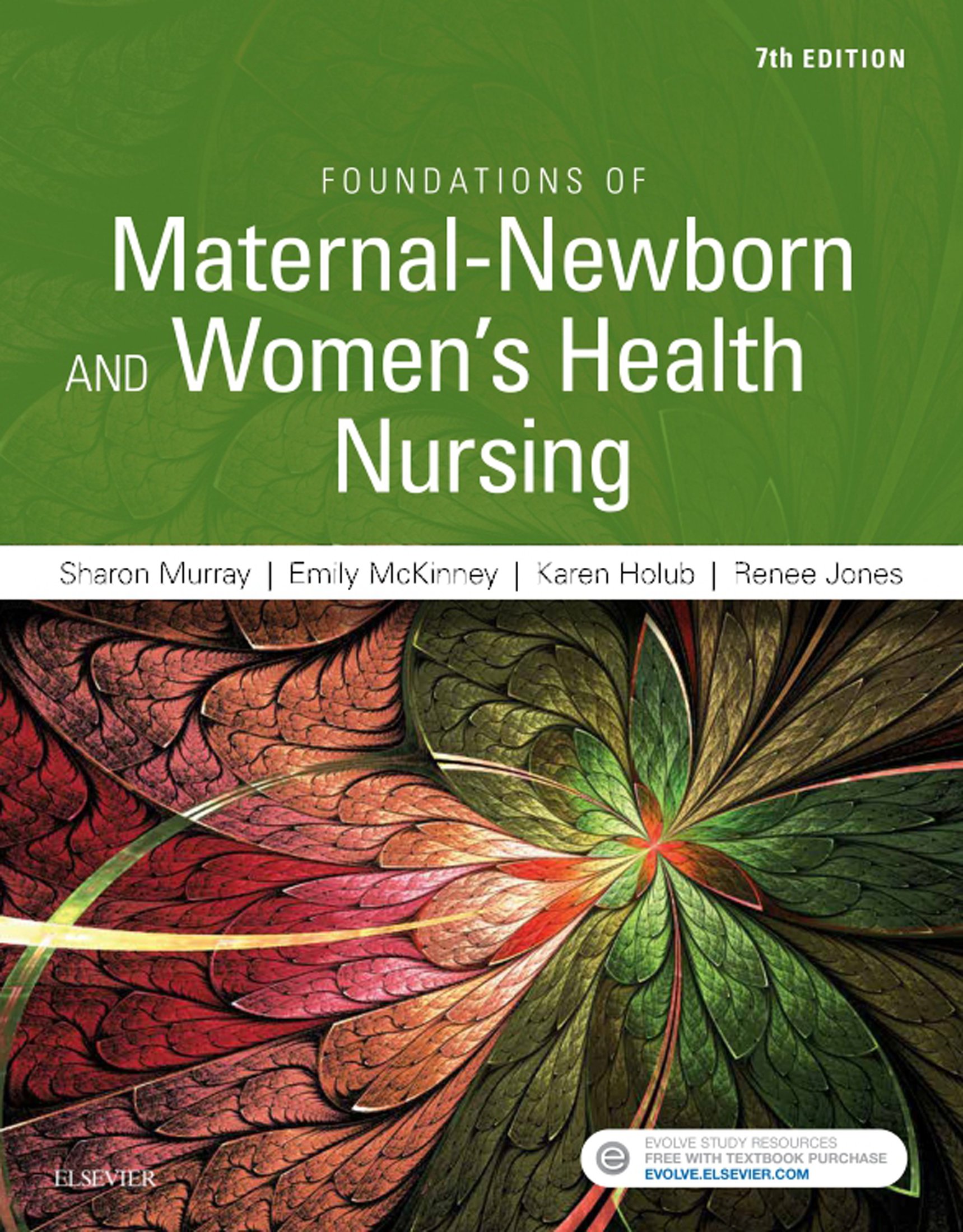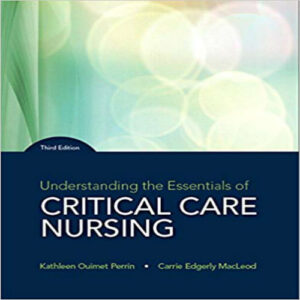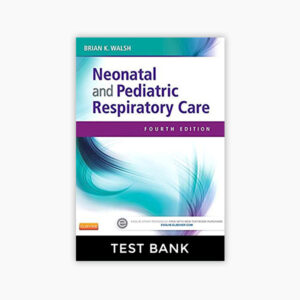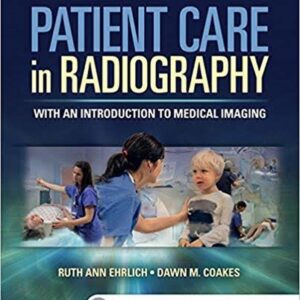Test Bank For Foundations of Maternal-Newborn and Women’s Health Nursing 7th Edition
Chapter 01: Maternity and Women’s Health Care Today
MULTIPLE CHOICE
1. A nurse educator is teaching a group of nursing students about the history of family-centered
maternity care. Which statement should the nurse include in the teaching session?
a. The Sheppard-Towner Act of 1921 promoted family-centered care.
b. Changes in the pharmacologic management of labor prompted family-centered care.
c. Demands by physicians for family involvement in childbirth increased the practice
of family-centered care.
d. Parental requests that infants be allowed to remain with them rather than in a
nursery initiated the practice of family-centered care.
ANS: D
As research began to identify the benefits of early, extended parent-infant contact, parents began to insist that the infant remain with them. This gradually developed into the practice of
rooming-in and finally to family-centered maternity care. The Sheppard-Towner Act provided
funds for state-managed programs for mothers and children but did not promote
family-centered care. The changes in pharmacologic management of labor were not a factor in
family-centered maternity care. Family-centered care was a request by parents, not physicians.
DIF: Cognitive Level: Application OBJ: Nursing Process Step: Planning
MSC: Patient Needs: Health Promotion and Maintenance
2. Expectant parents ask a prenatal nurse educator, “Which setting for childbirth limits the amount of parent-infant interaction?” Which answer should the nurse provide for these parents in order to assist them in choosing an appropriate birth setting?
a. Birth center
b. Homebirth
c. Traditional hospital birth
d. Labor, birth, and recovery room
ANS: C
In the traditional hospital setting, the mother may see the infant for only short feeding periods,
and the infant is cared for in a separate nursery. Birth centers are set up to allow an increase in parent-infant contact. Home births allow the greatest amount of parent-infant contact. The labor, birth, recovery, and postpartum room setting allows for increased parent-infant contact.
DIF: Cognitive Level: Understanding OBJ: Nursing Process Step: Planning
MSC: Patient Needs: Health Promotion and Maintenance
3. Which statement best describes the advantage of a labor, birth, recovery, and postpartum
(LDRP) room?
a. The family is in a familiar environment.
b. They are less expensive than traditional hospital rooms.
c. The infant is removed to the nursery to allow the mother to rest.
d. The woman’s support system is encouraged to stay until discharge.
ANS: D
NU
RS
IN
GT
B.CO
M
Sleeping equipment is provided in a private room. A hospital setting is never a familiar
environment to new parents. An LDRP room is not less expensive than a traditional hospital
room. The baby remains with the mother at all times and is not removed to the nursery for
routine care or testing. The father or other designated members of the mother’s support system
are encouraged to stay at all times.
DIF: Cognitive Level: Understanding OBJ: Nursing Process Step: Assessment
MSC: Patient Needs: Health Promotion and Maintenance
4. Which nursing intervention is an independent function of the professional nurse?
a. Administering oral analgesics
b. Requesting diagnostic studies
c. Teaching the patient perineal care
d. Providing wound care to a surgical incision
ANS: C
Nurses are now responsible for various independent functions, including teaching, counseling,
and intervening in nonmedical problems. Interventions initiated by the physician and carried
out by the nurse are called dependent functions. Administrating oral analgesics is a dependent
function; it is initiated by a physician and carried out by a nurse. Requesting diagnostic
studies is a dependent function. Providing wound care is a dependent function; however, the
physician prescribes the type of wound care through direct orders or protocol.
DIF: Cognitive Level: Understanding OBJ: Nursing Process Step: Assessment
MSC: Patient Needs: Safe and Effective Care Environment
5. Which response by the nurse is the most therapeutic when the patient states, “I’m so afraid to
have a cesarean birth”?
a. “Everything will be OK.”
b. “Don’t worry about it. It will be over soon.”
c. “What concerns you most about a cesarean birth?”
d. “The physician will be in later and you can talk to him.”
ANS: C
The response, “What concerns you most about a cesarean birth” focuses on what the patient is
saying and asks for clarification, which is the most therapeutic response. The response,
“Everything will be ok” is belittling the patient’s feelings. The response, “Don’t worry about
it. It will be over soon” will indicate that the patient’s feelings are not important. The
response, “The physician will be in later and you can talk to him” does not allow the patient to
verbalize her feelings when she wishes to do that.
DIF: Cognitive Level: Application OBJ: Nursing Process Step: Implementation
MSC: Patient Needs: Psychosocial Integrity
6. In which step of the nursing process does the nurse determine the appropriate interventions for
the identified nursing diagnosis?
a. Planning
b. Evaluation
c. Assessment
d. Intervention
ANS: A
RS
IN
GT
B.CO
M
The third step in the nursing process involves planning care for problems that were identified
during assessment. The evaluation phase is determining whether the goals have been met.
During the assessment phase, data are collected. The intervention phase is when the plan of
care is carried out.
DIF: Cognitive Level: Understanding OBJ: Nursing Process Step: Planning
MSC: Patient Needs: Safe and Effective Care Environment
7. Which goal is most appropriate for the collaborative problem of wound infection?
a. The patient will not exhibit further signs of infection.
b. Maintain the patient’s fluid intake at 1000 mL/8 hour.
c. The patient will have a temperature of 98.6F within 2 days.
d. Monitor the patient to detect therapeutic response to antibiotic therapy.
ANS: D
In a collaborative problem, the goal should be nurse-oriented and reflect the nursing
interventions of monitoring or observing. Monitoring for complications such as further signs
of infection is an independent nursing role. Intake and output is an independent nursing role.
Monitoring a patient’s temperature is an independent nursing role.
DIF: Cognitive Level: Application OBJ: Nursing Process Step: Planning
MSC: Patient Needs: Safe and Effective Care Environment
8. Which nursing intervention is written correctly?
a. Force fluids as necessary.
b. Observe interaction with the infant.
c. Encourage turning, coughing, and deep breathing.
d. Assist to ambulate for 10 minutes at 8 AM, 2 PM, and 6 PM.
ANS: D
Interventions might not be carried out if they are not detailed and specific. “Force fluids” is
not specific; it does not state how much or how often. Encouraging the patient to turn, cough,
and breathe deeply is not detailed or specific. Observing interaction with the infant does not
state how often this procedure should be done. Assisting the patient to ambulate for 10
minutes within a certain timeframe is specific.
DIF: Cognitive Level: Application OBJ: Nursing Process Step: Planning
MSC: Patient Needs: Safe and Effective Care Environment
9. The patient makes the statement: “I’m afraid to take the baby home tomorrow.” Which
response by the nurse would be the most therapeutic?
a. “You’re afraid to take the baby home?”
b. “Don’t you have a mother who can come and help?”
c. “You should read the literature I gave you before you leave.”
d. “I was scared when I took my first baby home, but everything worked out.”
ANS: A
RS
IN
GT
B.CO
M
This response uses reflection to show concern and open communication. The other choices are
blocks to communication. Asking if the patient has a mother who can come and assist blocks
further communication with the patient. Telling the patient to read the literature before leaving
does not allow the patient to express her feelings further. Sharing your own birth experience is
inappropriate.
DIF: Cognitive Level: Application OBJ: Nursing Process Step: Implementation
MSC: Patient Needs: Psychosocial Integrity
10. The nurse is writing an expected outcome for the nursing diagnosis—acute pain related to
tissue trauma, secondary to vaginal birth, as evidenced by patient stating pain of 8 on a scale
of 10. Which expected outcome is correctly stated for this problem?
a. Patient will state that pain is a 2 on a scale of 10.
b. Patient will have a reduction in pain after administration of the prescribed
analgesic.
c. Patient will state an absence of pain 1 hour after administration of the prescribed
analgesic.
d. Patient will state that pain is a 2 on a scale of 10, 1 hour after the administration of
the prescribed analgesic.
ANS: D
The outcome should be patient-centered, measurable, realistic, and attainable and within a
specified timeframe. Patient stating that her pain is now 2 on a scale of 10 lacks a timeframe.
Patient having a reduction in pain after administration of the prescribed analgesic lacks a
measurement. Patient stating an absence of pain 1 hour after the administration of prescribed
analgesic is unrealistic.
DIF: Cognitive Level: Application OBJ: Nursing Process Step: Planning
MSC: Patient Needs: Physiologic Integrity
11. Which nursing diagnosis should the nurse identify as a priority for a patient in active labor?
a. Risk for anxiety related to upcoming birth
b. Risk for imbalanced nutrition related to NPO status
c. Risk for altered family processes related to new addition to the family
d. Risk for injury (maternal) related to altered sensations and positional or physical
changes
ANS: D
The nurse should determine which problem needs immediate attention. Risk for injury is the
problem that has the priority at this time because it is a safety problem. Risk for anxiety,
imbalanced nutrition, and altered family processes are not the priorities at this time.
DIF: Cognitive Level: Application OBJ: Nursing Process Step: Implementation
MSC: Patient Needs: Safe and Effective Care Environment




